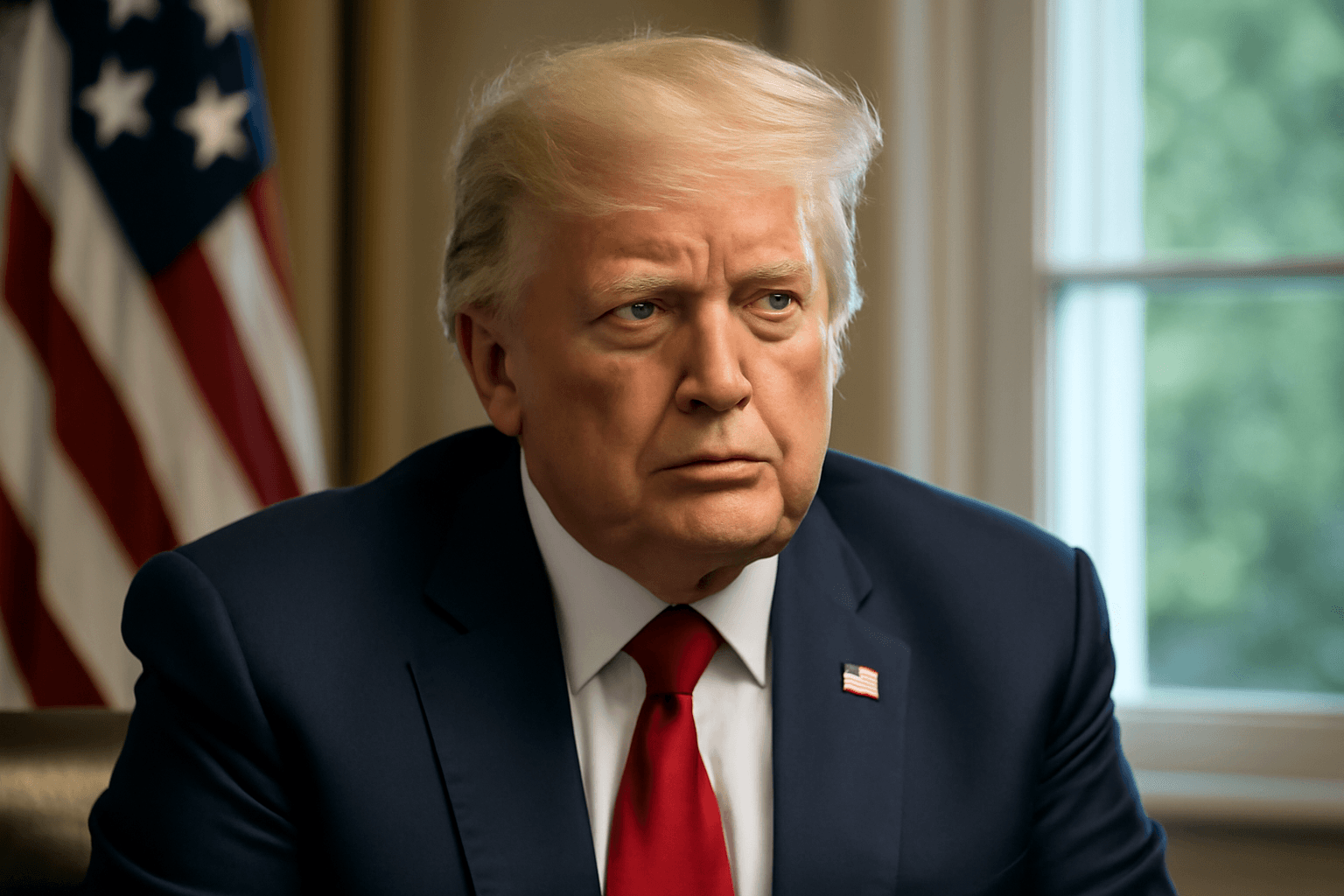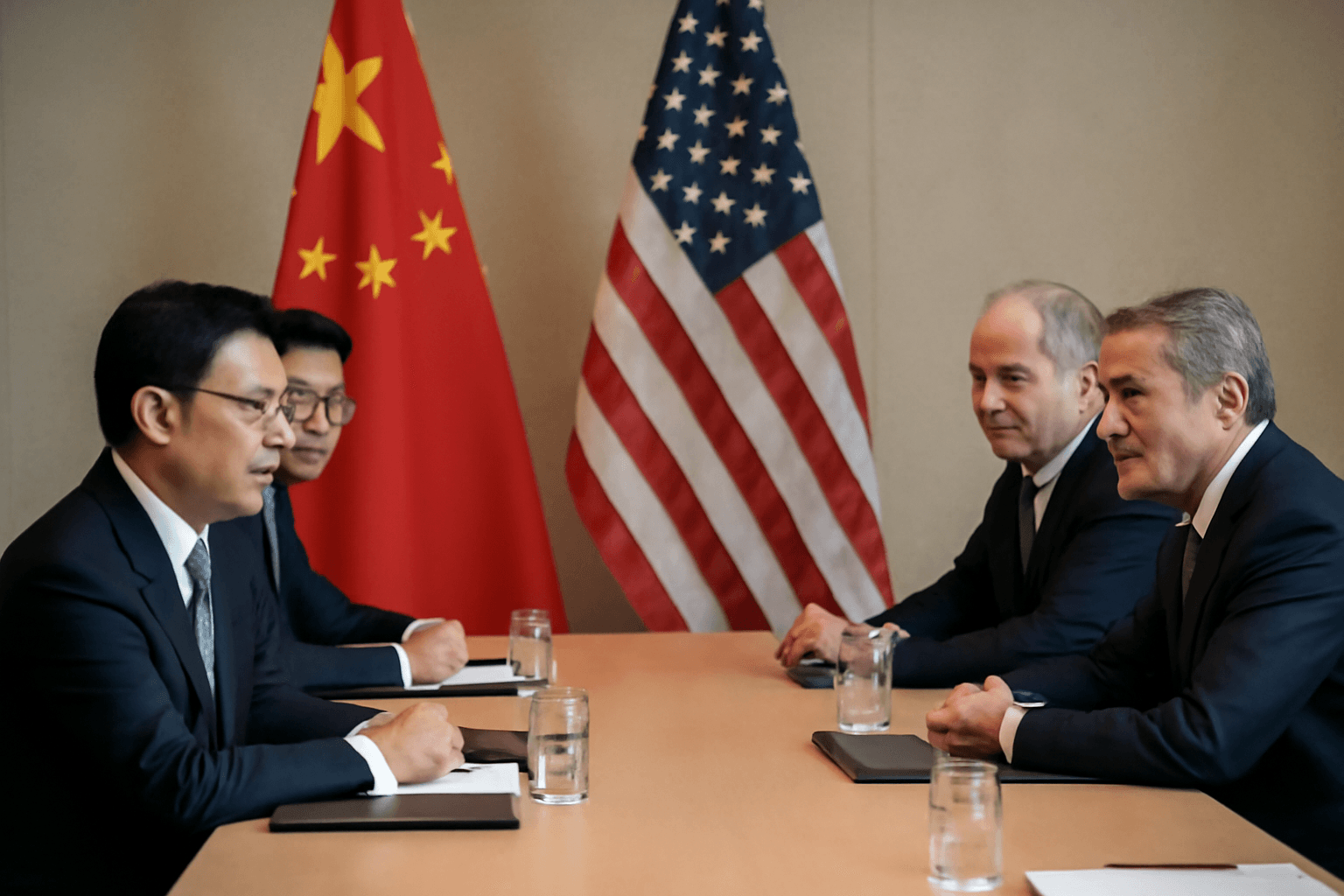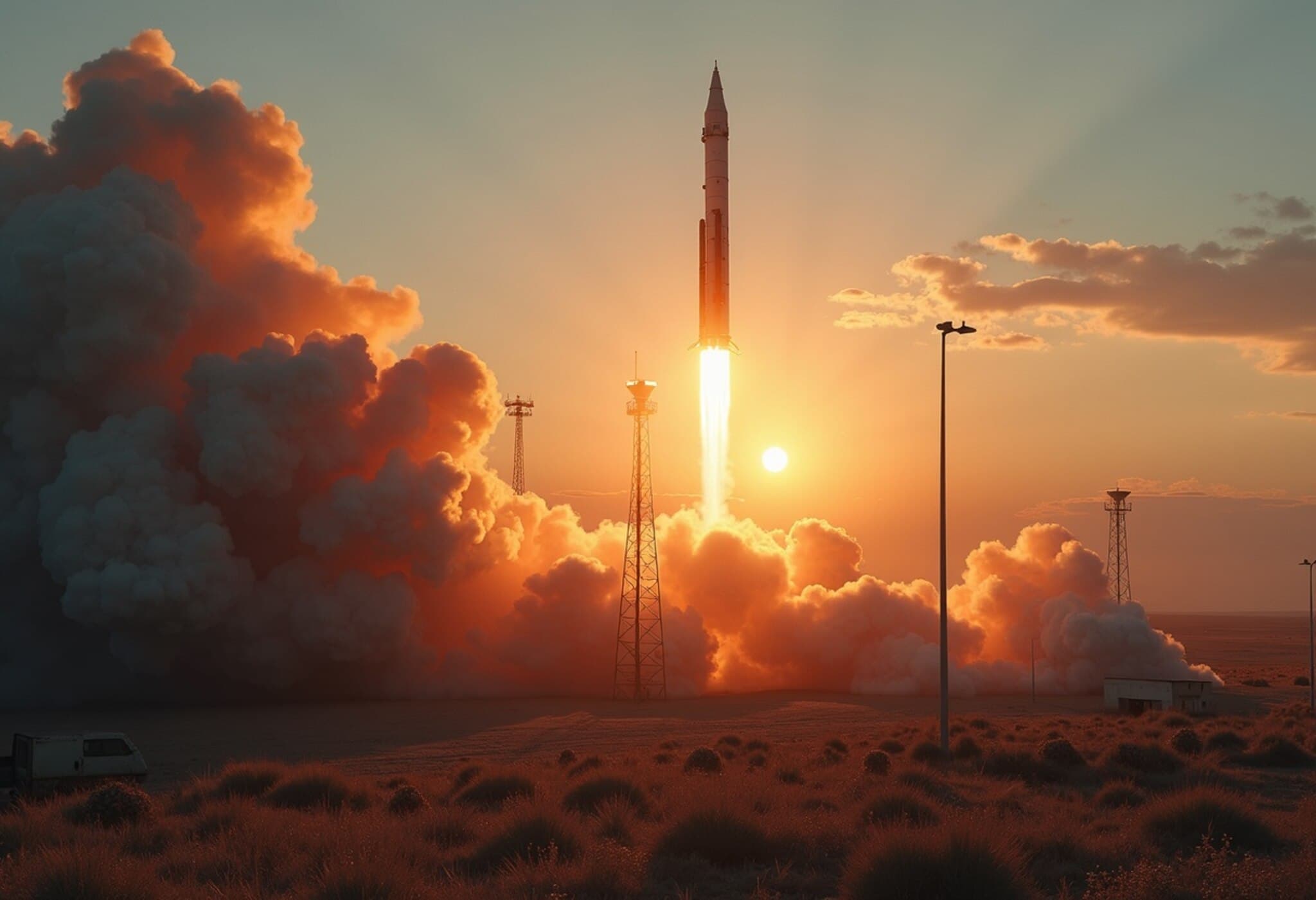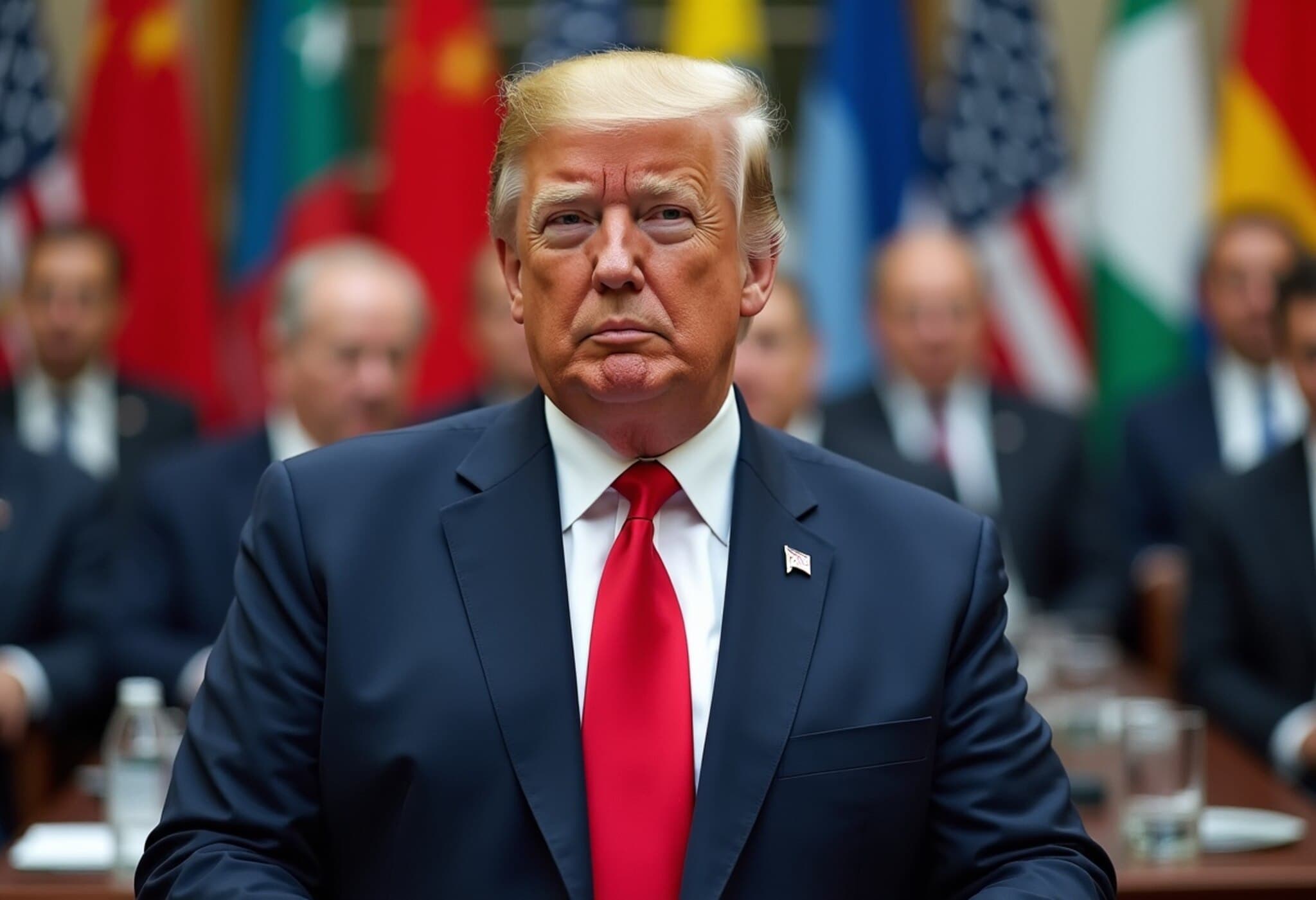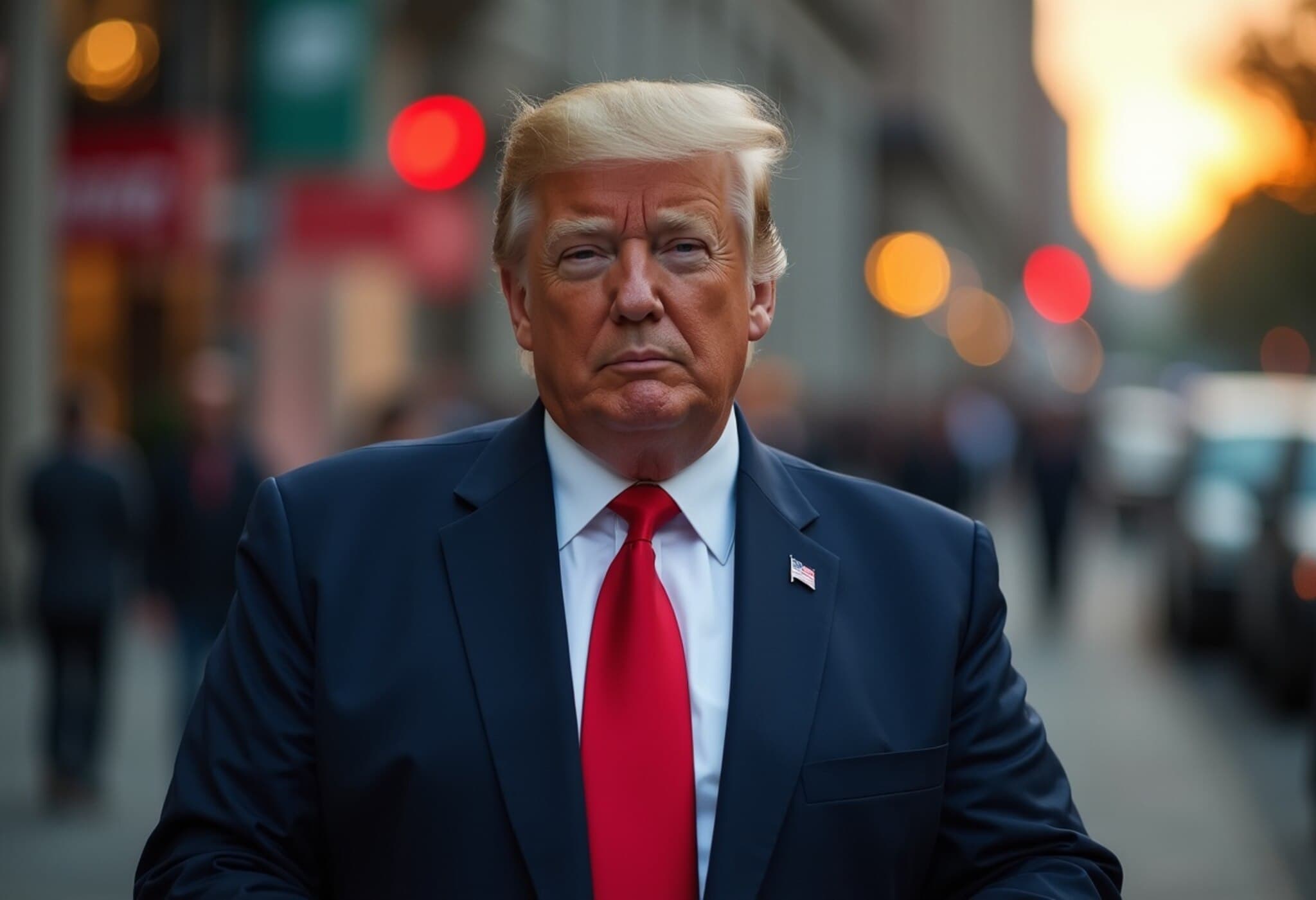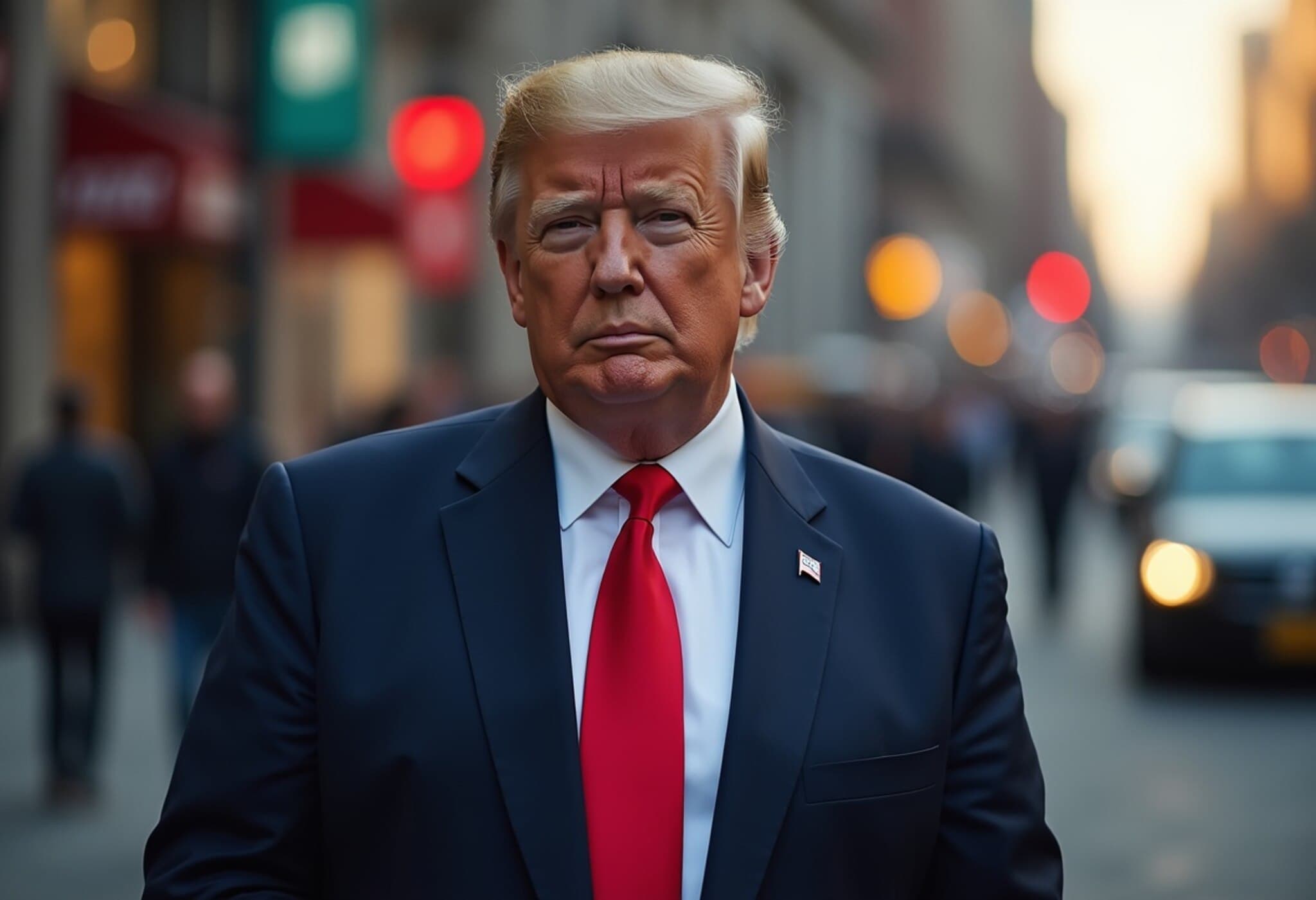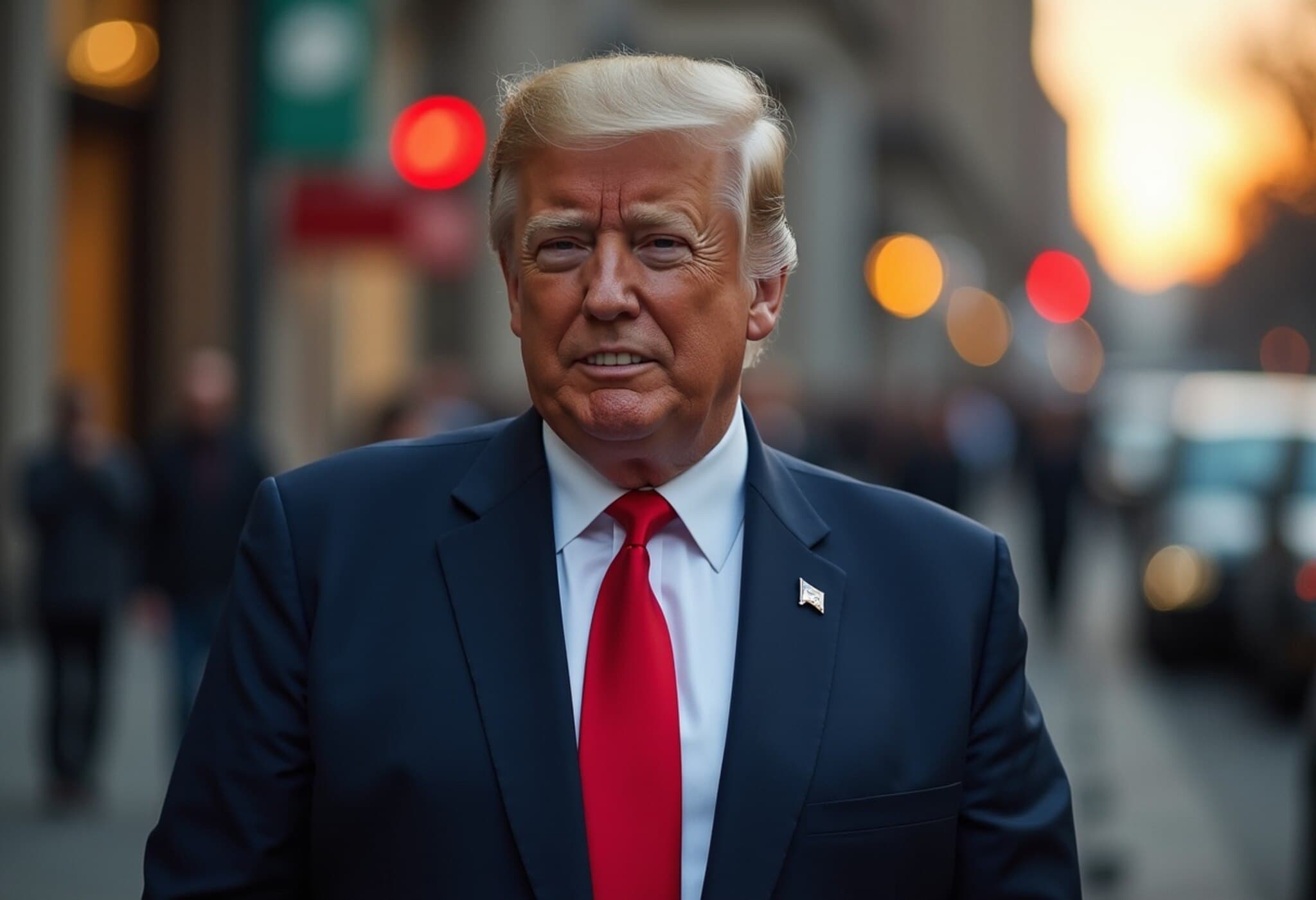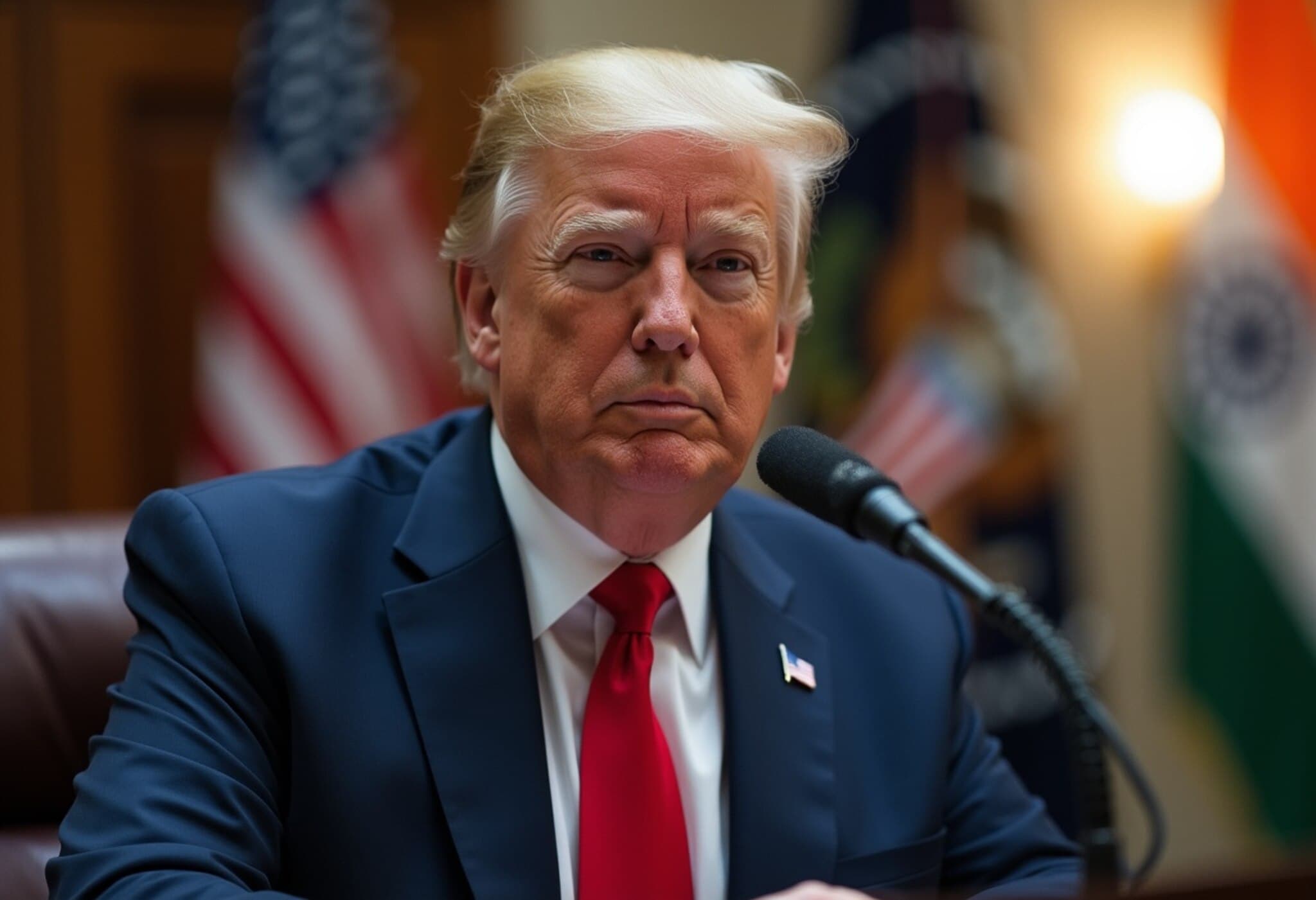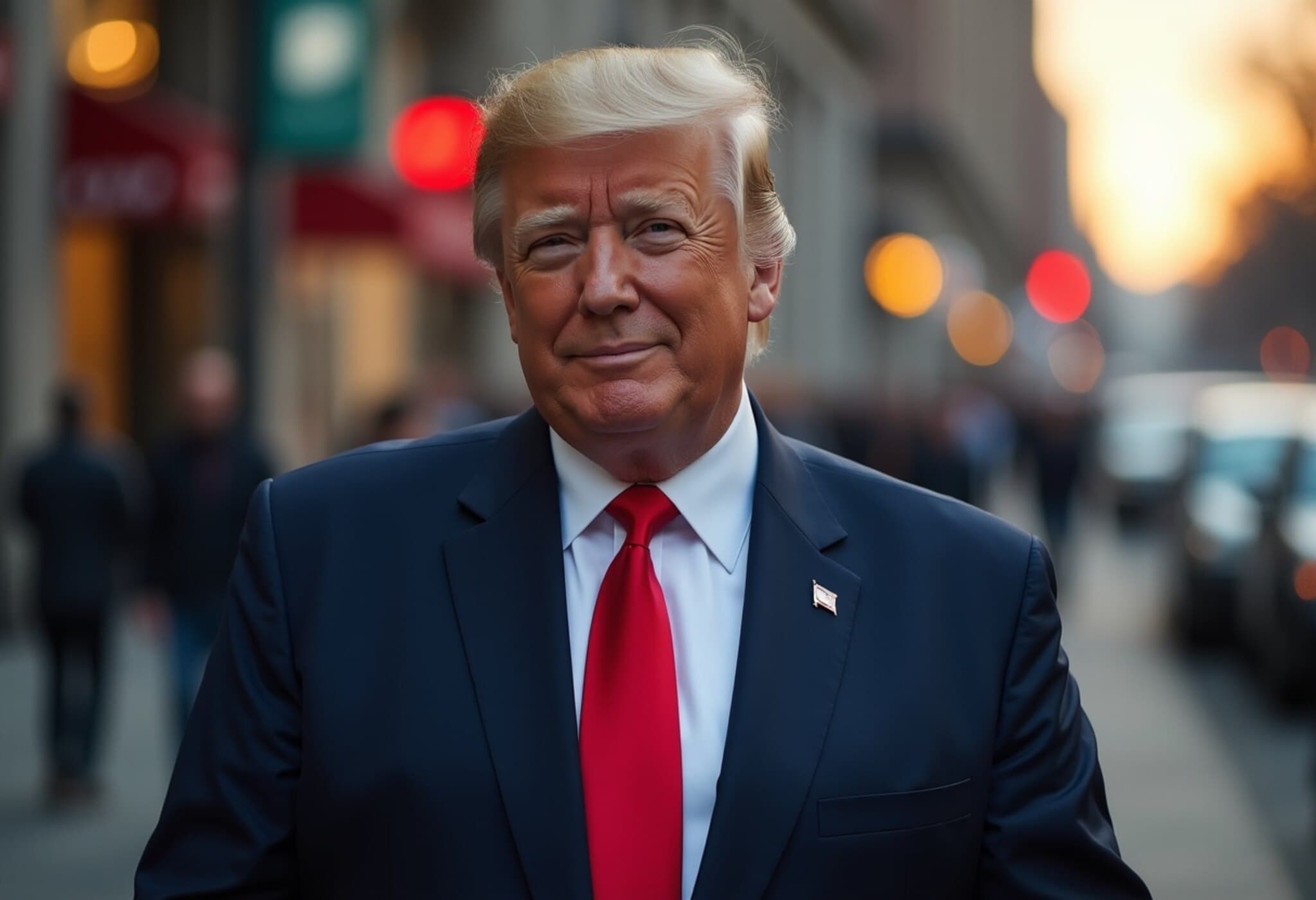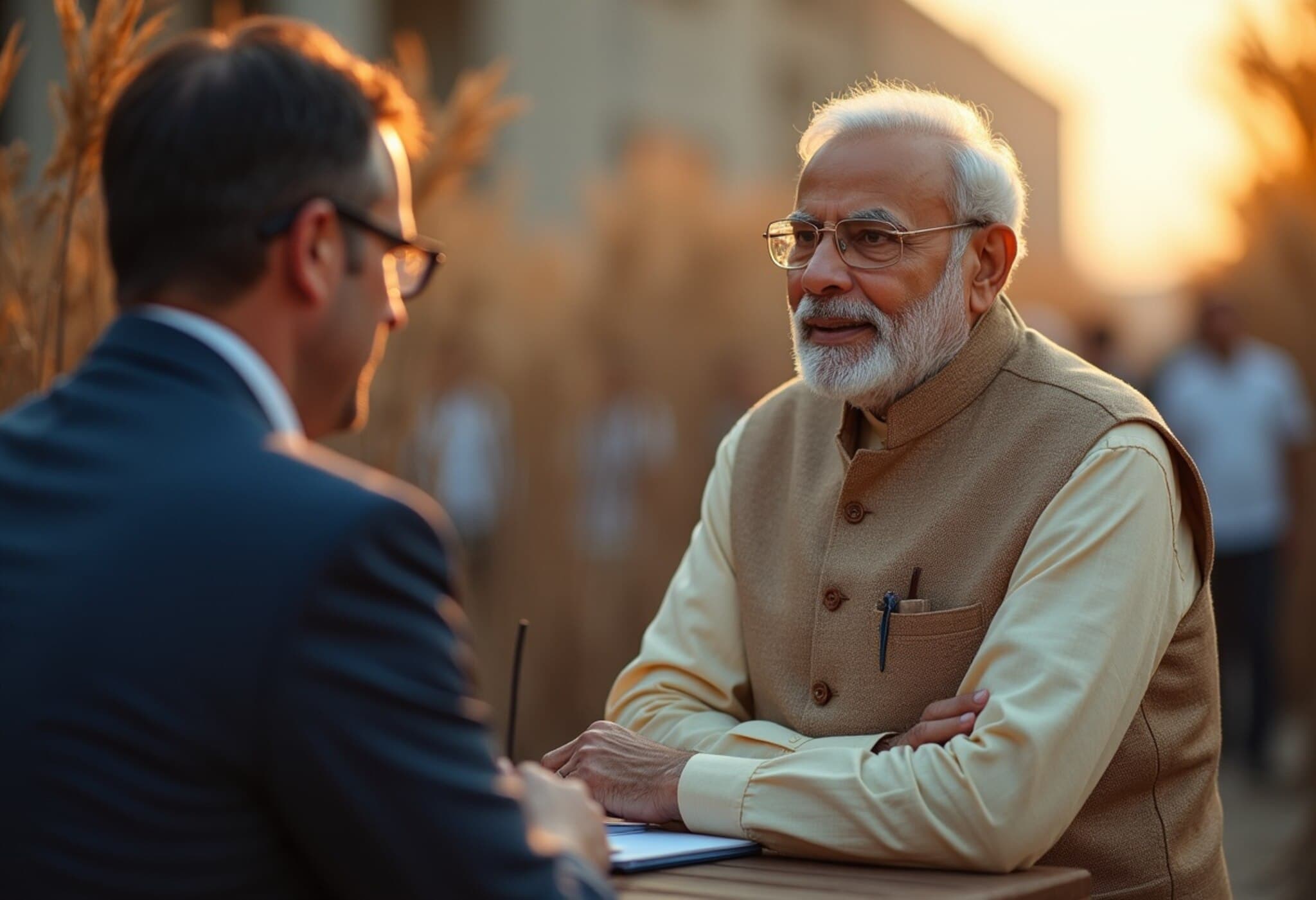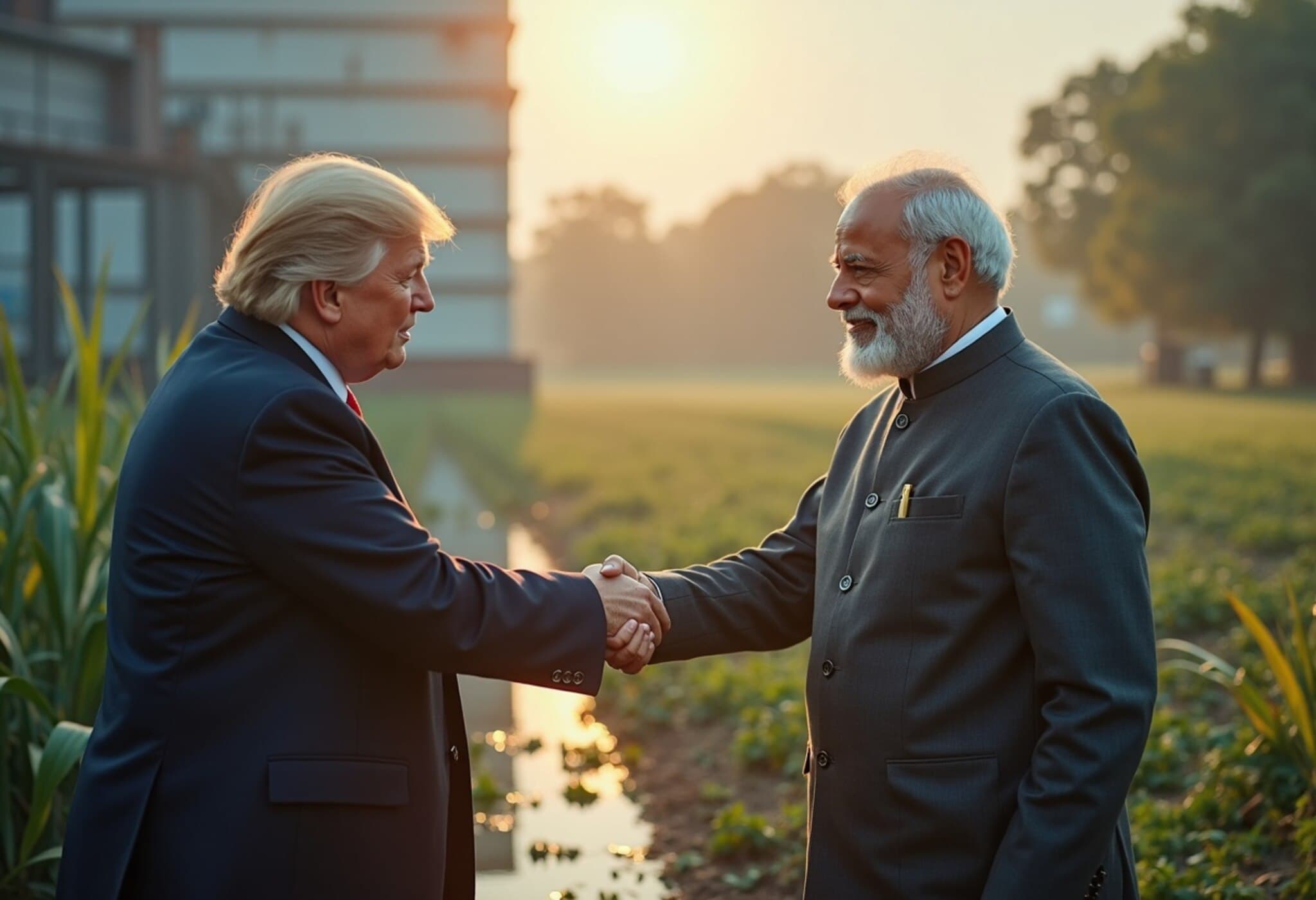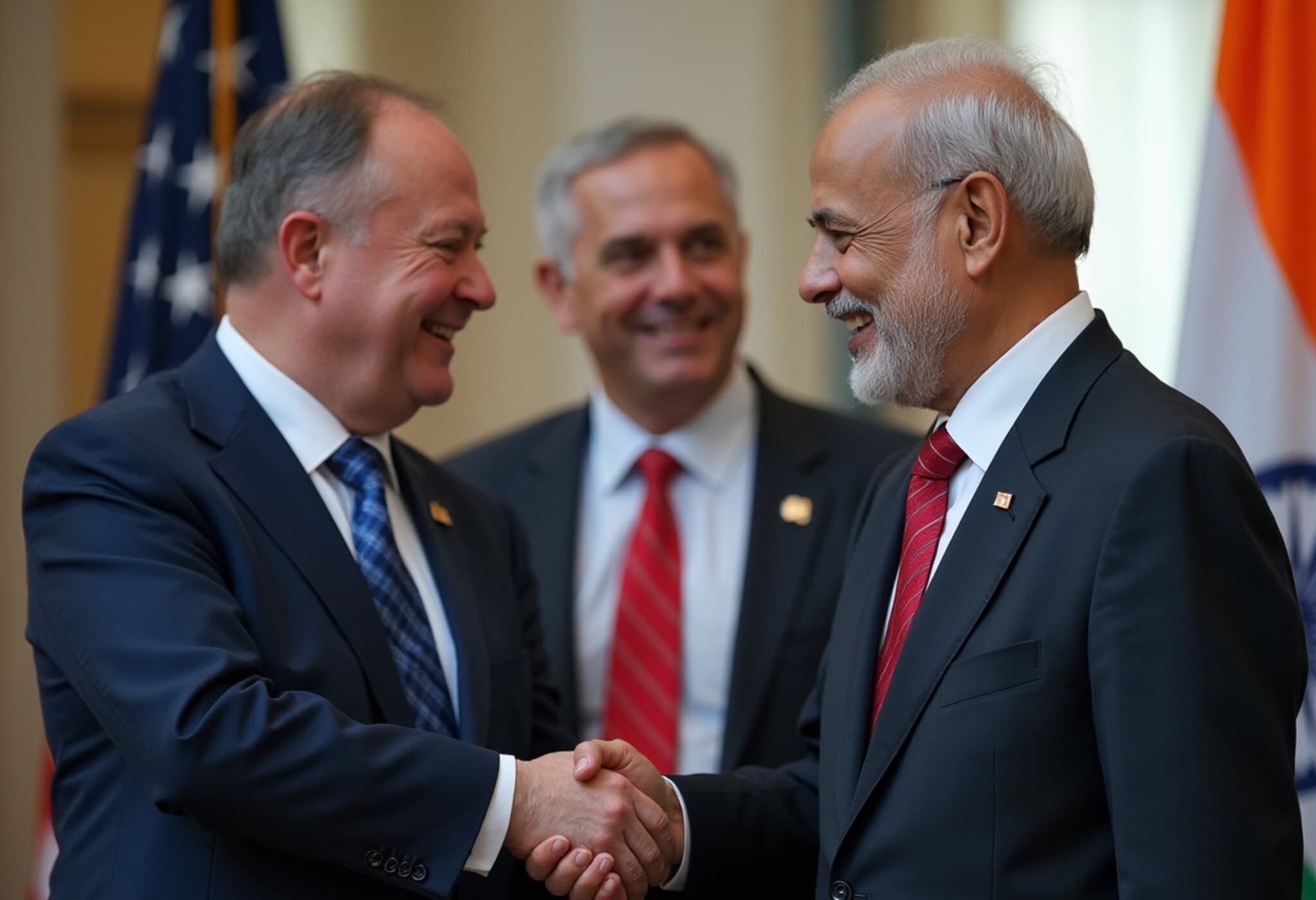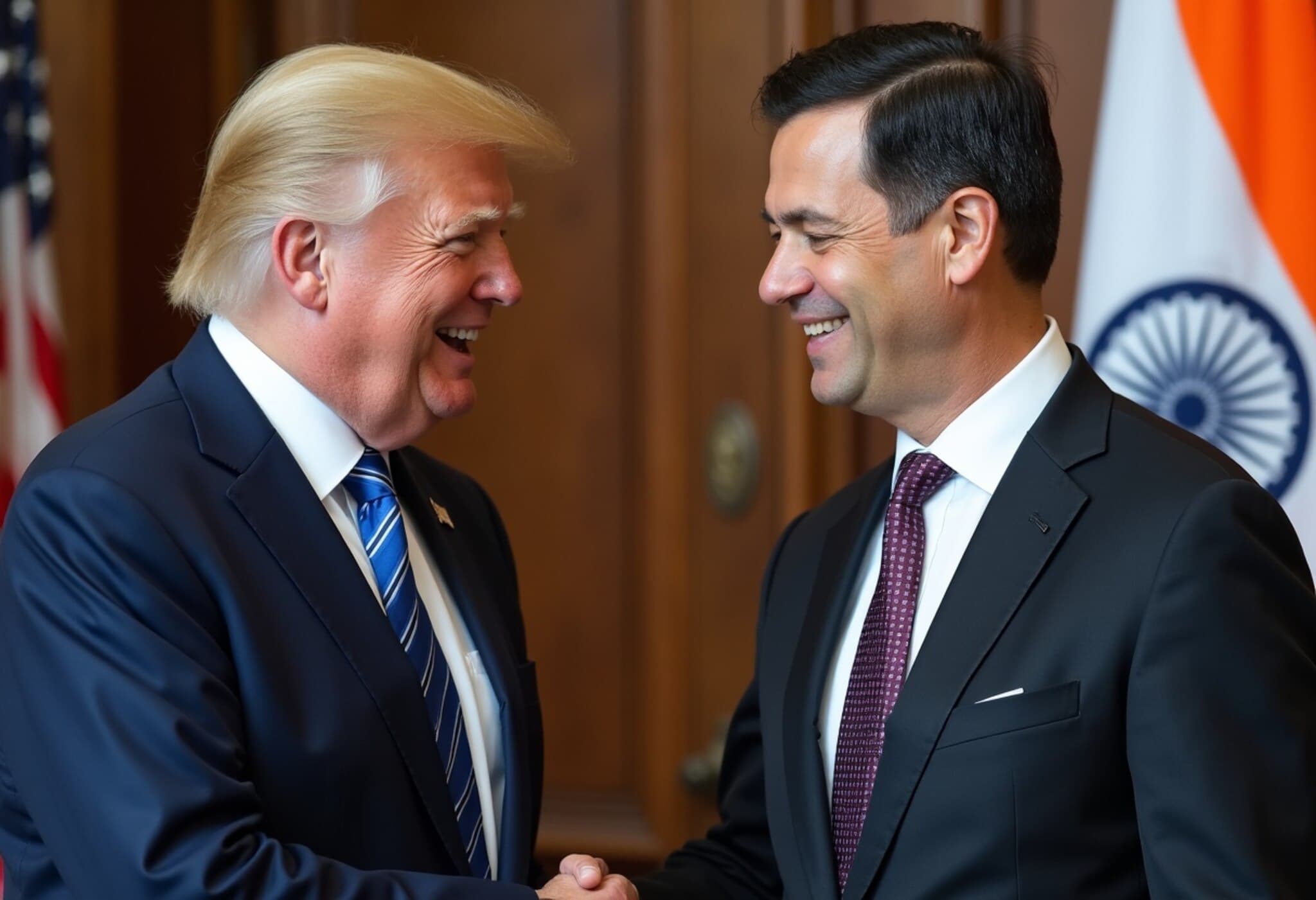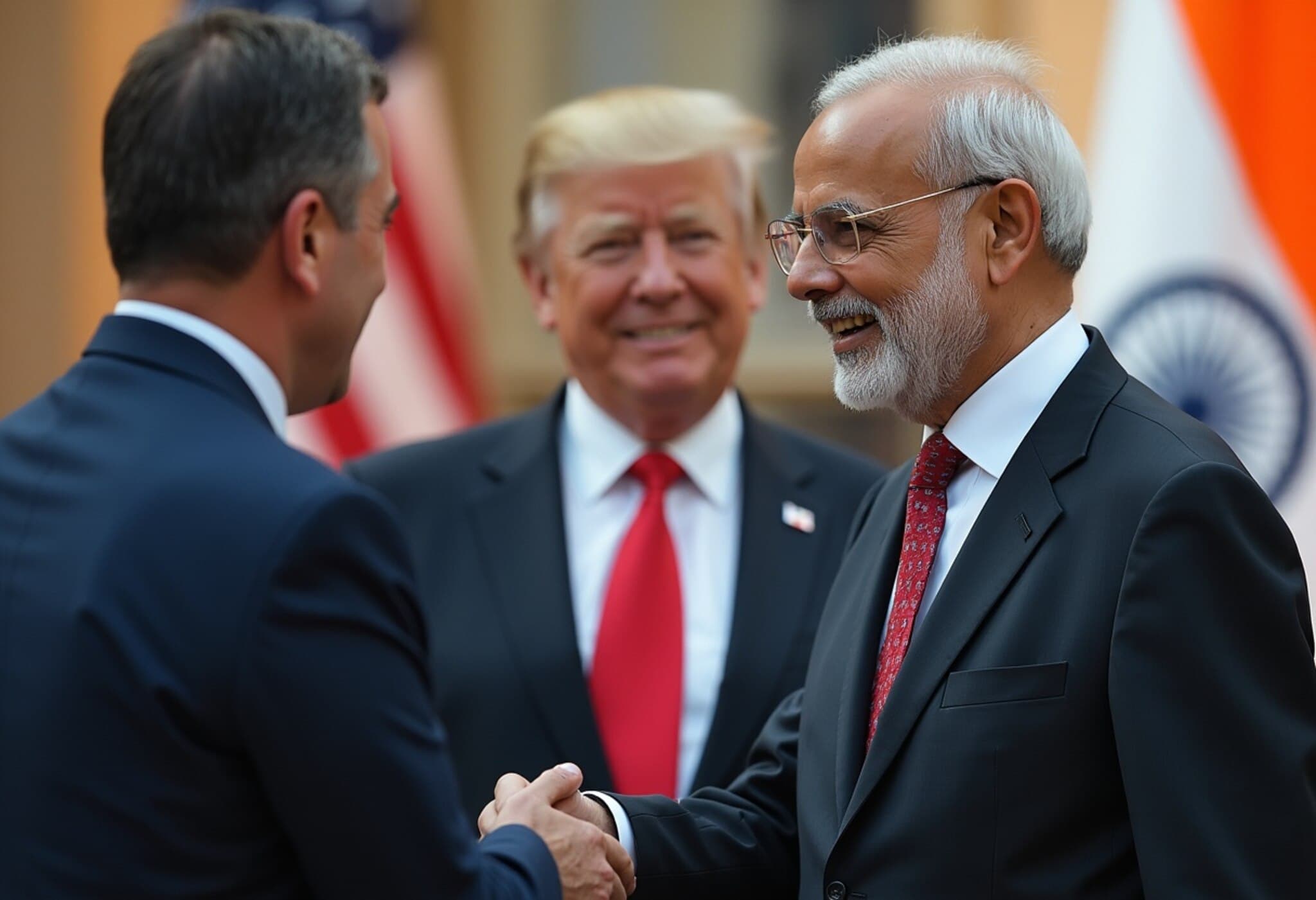Trump Signals Sharp Increase in Tariffs on Indian Imports Amid Russia Oil Dispute
In a recent CNBC interview, former US President Donald Trump issued a stern warning that the United States could soon enact a substantial increase in tariffs on imports from India. The announcement, made on August 5, 2025, comes as tensions escalate over India’s ongoing procurement of Russian oil despite Western sanctions related to the Ukraine conflict.
‘Fuelling the war machine’: The Rationale Behind Upcoming Tariffs
Trump criticized India for “fuelling the war machine” by continuing to purchase Russian crude, asserting that if this activity continues, he would respond by raising tariffs beyond the current 25 percent level. Although he did not specify the exact tariff increase, Trump made it clear that the move would be “very substantial”.
"They have the highest tariff of anybody ... We settled on 25%, but I think I'm going to raise that very substantially over the next 24 hours because they're buying Russian oil," Trump told CNBC, underscoring the US frustration at India’s refusal to cut ties with Russia despite global pressure.
Trade Tensions Rooted in Bilateral Imbalance
Beyond the geopolitical aspect, Trump pointed to longstanding trade imbalances between the United States and India. India maintains high tariffs on American goods, which has been a persistent sticking point in bilateral trade negotiations. The threat of additional tariffs is seen by many experts as an attempt to pressure India into aligning more closely with US and Western policies on Russia.
India’s Strategic Response
India’s Ministry of External Affairs quickly responded, calling the US and EU criticism “unwarranted” and highlighting that India’s oil imports are a “necessity compelled by the global market situation.” Indian officials emphasize that, unlike some Western countries, India’s trade with Russia is vital and pragmatic rather than political, reflecting energy needs in an uncertain global environment.
Economic and Political Implications
- For India: Rising tariffs could disrupt key export sectors to the US, affecting industries ranging from pharmaceuticals to textiles.
- For the US: The move might appeal domestically by portraying a tough stance against Russia’s allies but risks alienating a crucial strategic partner in Asia.
- Global Energy Market: The dispute highlights the complexity of global oil markets, where geopolitical considerations often clash with economic realities.
Expert Commentary
Trade analyst Susan Mahoney notes, "This tariff threat is symbolic of a larger geopolitical chess game involving Russia, the US, and emerging powers like India. While the US seeks to isolate Russia economically, countries like India navigate between principles and practical energy security needs. Escalating tariffs risk deepening trade rifts that may have long-term diplomatic consequences."
Looking Ahead: Key Questions
- Will the US follow through with the tariff increase, and how high will the new rates be?
- Can India diversify its energy sources quickly enough to mitigate impact?
- How will this dispute influence broader US-India relations, especially in the context of Indo-Pacific security?
As these economic and diplomatic dynamics unfold, the stakes extend beyond tariffs — they raise fundamental questions about global alliances, energy dependency, and the balancing act of international trade policy in a volatile geopolitical era.
Editor’s Note
This developing story exemplifies how trade measures often serve as leverage in geopolitical strategy, particularly in complex conflicts like the war in Ukraine. While tariffs are a blunt instrument, their ripple effects impact not just economies but strategic partnerships. Readers should watch how the US-India relationship evolves in response; cooperation or confrontation between these democracies holds significant implications for global stability and the future of international economic order.

